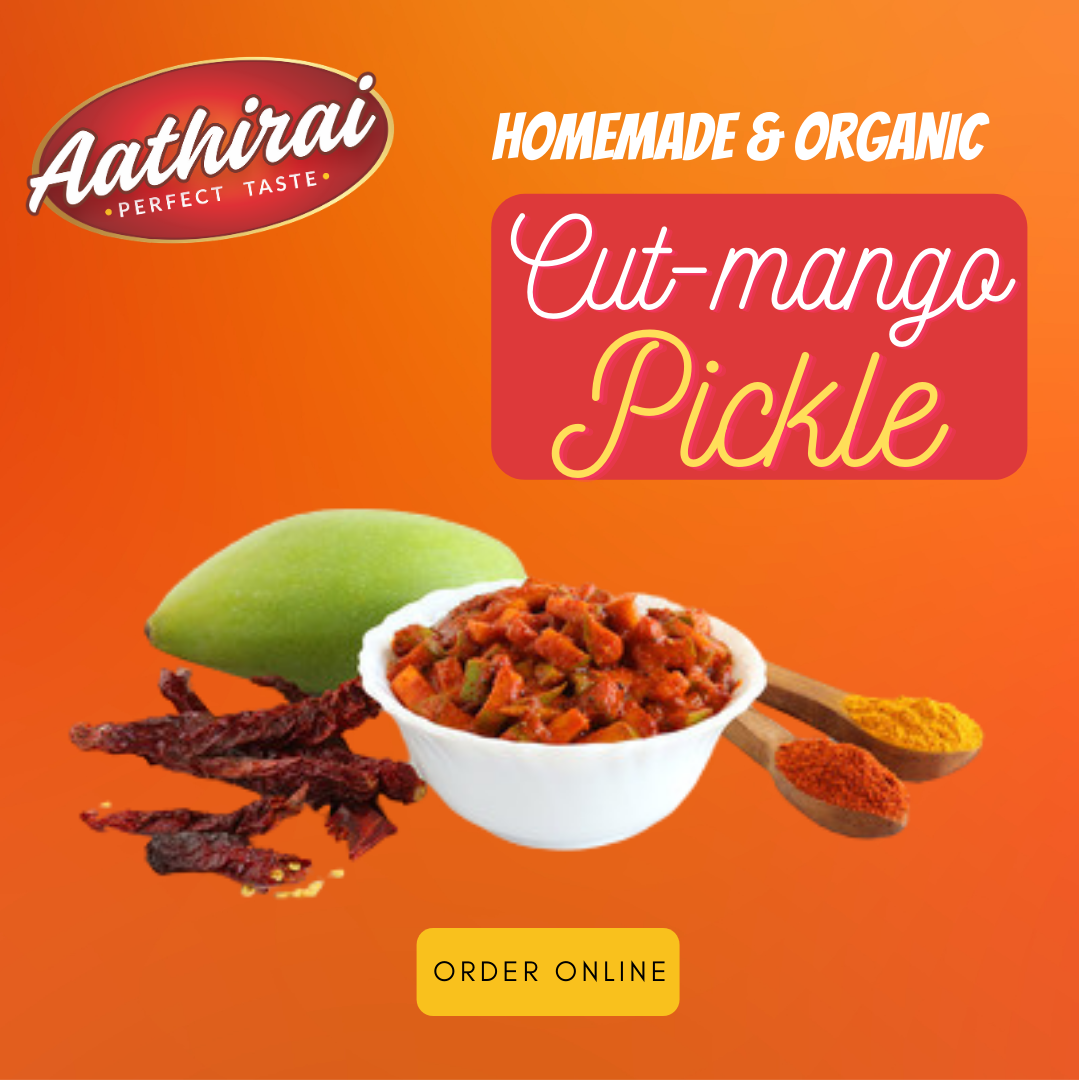Oracle Application Framework Interview Questions and Answers
by Pritha Radhakrishnan, on Jul 21, 2023 4:43:49 PM
Q1. What is Oracle Application Framework (OAF)?
Ans: Oracle Application Framework is a development framework used to build and customize applications within the Oracle E-Business Suite.
Q2. Explain the architecture of Oracle Application Framework.
Ans: OAF follows a Model-View-Controller (MVC) architecture, where the Model represents the data, the View represents the user interface, and the Controller handles the interaction between the Model and View.
Q3. What are the key components of Oracle Application Framework?
Ans: The key components of OAF include Pages, Regions, Controllers, and Entities.
Q4. How does Oracle Application Framework handle data binding?
Ans: OAF uses the Business Components for Java (BC4J) framework for data binding, which allows seamless integration between the user interface and the underlying data model.
Q5. What is a Page in Oracle Application Framework?
Ans: A Page in OAF represents a single user interface screen and consists of multiple regions.
Q6. Explain the role of Controllers in Oracle Application Framework.
Ans: Controllers in OAF handle the flow of control between the Model and View components, including event handling and navigation.
Q7. What are the different types of Controllers in Oracle Application Framework?
Ans: The different types of Controllers in OAF include Page Controller, Region Controller, and Task Flow Controller.
Q8. What is a Task Flow in Oracle Application Framework?
Ans: A Task Flow in OAF represents a sequence of pages and defines the navigation and data flow between them.
Q9. How is personalization achieved in Oracle Application Framework?
Ans: OAF provides personalization features like Profile Options, User Preferences, and Personalization Framework to customize the user experience.
Q10.Explain the role of Entities in Oracle Application Framework.
Ans: Entities in OAF represent the business objects and handle data manipulation and validation.
Q11. What is the difference between View Objects and Entity Objects in Oracle Application Framework?
Ans: View Objects represent query definitions used to retrieve data, while Entity Objects handle data manipulation and validation.
Q12. How do you handle exceptions in Oracle Application Framework?
Ans: Exceptions in OAF are handled using the OAF Exception Handling framework, which allows custom exception handling and error messaging.
Q13. What are the key features of Oracle Application Framework?
Ans: Key features of OAF include data binding, customization capabilities, personalization options, integrated security, and support for multi-language and multi-currency environments.
Q14. How does Oracle Application Framework support internationalization and localization?
Ans: OAF provides built-in features and libraries for handling multi-language and multi-currency requirements, allowing applications to be customized for different regions and languages.
Q15. Explain the role of View Objects in Oracle Application Framework.
Ans: View Objects in OAF represent query definitions used to retrieve data from the database and provide data to the user interface components.
Q16. How is security implemented in Oracle Application Framework?
Ans: OAF supports integrated security features, including user authentication, role-based access control, and data security.
Q17. What is the difference between BC4J and ADF Business Components?
Ans: BC4J is the predecessor of ADF Business Components and provides similar functionality for data binding and business logic.
Q18. How do you debug Oracle Application Framework applications?
Ans: OAF provides debugging options such as logging, tracing, and diagnostic tools to identify and resolve issues in the application.
Q19. Can you explain the customization process in Oracle Application Framework?
Ans: The customization process in OAF involves extending or modifying existing components, adding new components, and configuring properties to meet specific requirements.
Q20. How do you handle concurrent user access in Oracle Application Framework?
Ans: OAF provides built-in mechanisms to handle concurrent user access, including optimistic locking and row-level locking.
Q21. What is personalization in Oracle Application Framework?
Ans: Personalization in OAF refers to the ability to customize the user interface, layouts, and functionalities based on user preferences and roles.
Q22. How do you extend standard Oracle E-Business Suite functionality using Oracle Application Framework?
Ans: OAF allows developers to extend standard E-Business Suite functionality by creating custom pages, regions, and components that integrate seamlessly with the existing application.
Q23. How does Oracle Application Framework handle data validation?
Ans: OAF provides validation features through the use of validation rules, declarative validation, and custom validation methods.
Q24. What are the key considerations for performance optimization in Oracle Application Framework?
Ans: Performance optimization in OAF involves techniques such as query tuning, caching, minimizing network round trips, and efficient use of data binding.
Q25. How do you handle internationalization in Oracle Application Framework?
Ans: OAF provides features for handling internationalization, such as resource bundles for language-specific labels, date and number formatting, and currency conversion.







